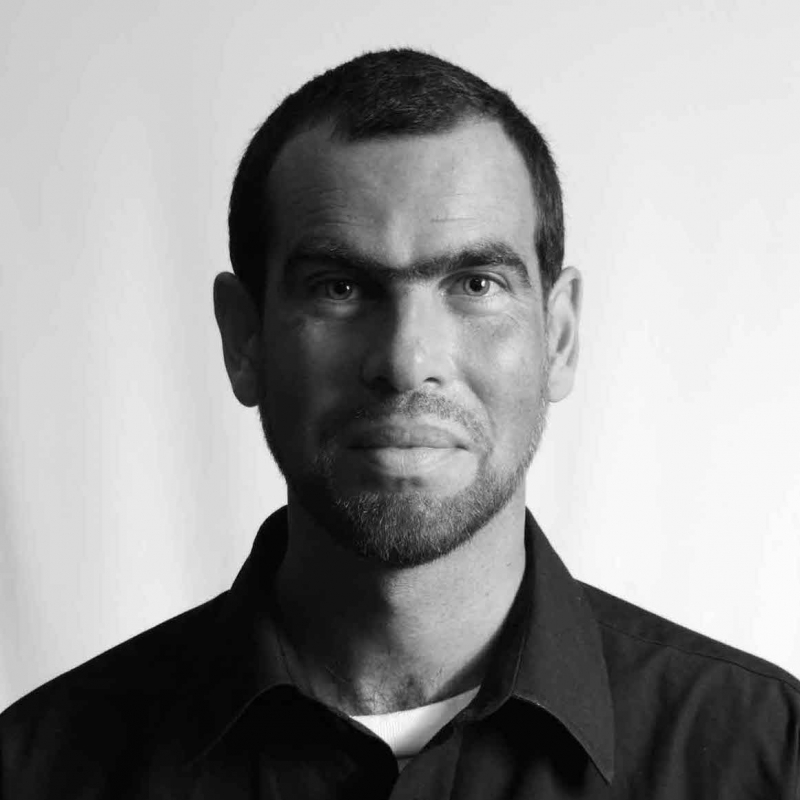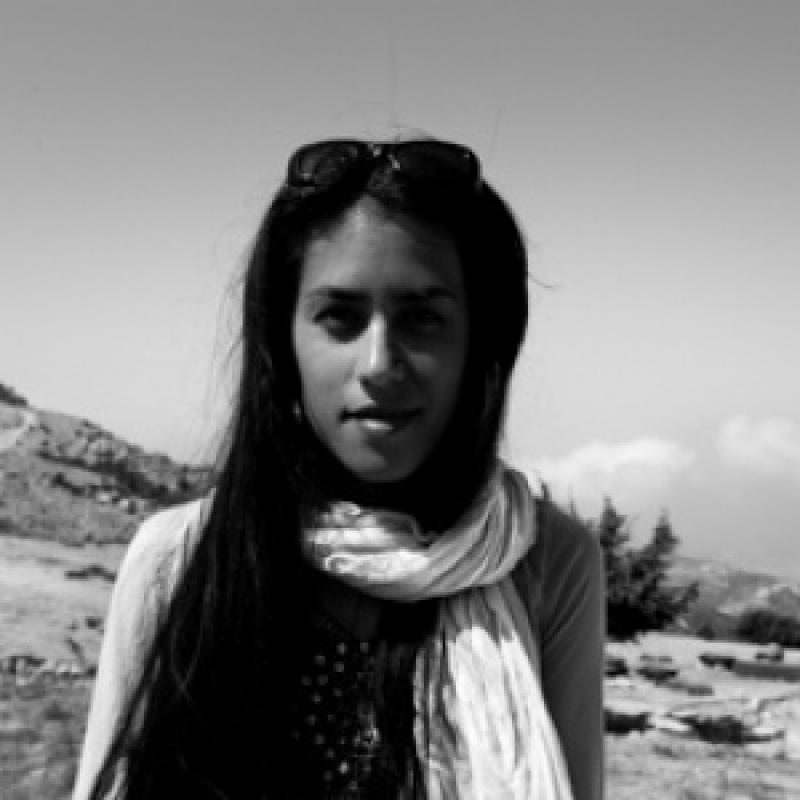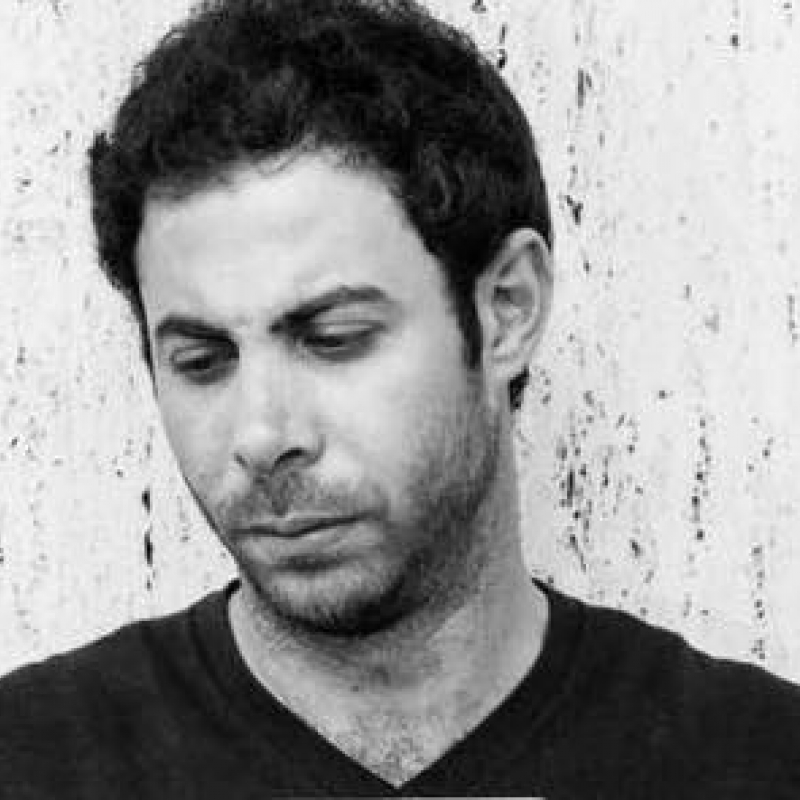We Never Learn

This piece was originally published on gmfus.org.
Srebrenica, 26 May 2013. I am staring at almost eight thousand tombstones. Males between twelve and eighty years old have been massacred because they believed in the wrong God. It all happened in a few days. We all know the story of Srebrenica, but when you stand in the middle of the graveyard, it feels like you’re smashed against a huge wall. The wall of genocide, of crimes against humanity. And you think: never again. I had exactly the same feeling in Auschwitz and Rwanda: never again. But that’s a wish rather than a reality. Because in the real world it does happen over and over again.
I travelled to Srebrenica as part of GMF’s Transatlantic Leadership Seminar. Back in Sarajevo, the group I travelled with had a chance to learn more about the Bosnian war. My jaw dropped. As I work a lot on Syria and Libya, I often couldn’t believe my ears. In a nutshell: Bosnia-Herzegovina is a former Ottoman province with a multi-ethnic population. In the 1991 census, 44% of the population considered themselves Muslim, now Bosniak (mostly, Sunni), 32.5% Serb (Orthodox) and 17% Croat (Catholic), with 6% describing themselves as Yugoslav (Jewish, Roma, and other). During the break-up of the former Yugoslavia, Bosnia-Herzegovina declared itself independent in April 1992. A part of the Serbian population living predominantly in the north and east of Bosnia rejected independence and declared their own state: Republika Serpska.
The start and the end of the war in Bosnia
Many are convinced that the war started when Serbia’s President Slobodan Milosevic and Croatia’s President Franjo Tudjman decided to partition Bosnia-Herzegovina between their two newly independent states. True or not, the war didn’t start just like that. Despite some incidents, sectarian violence was not spontaneous, but provoked. Militias comprised of extremists and convicts were created to raid mixed villages and produce a sectarian war.
The Yugoslav National Army remained in the hands of the Serbs, while Croats quickly formed their own armed forces with the help of Croatia proper. When the bombing of Sarajevo and sectarian violence in Herzegovina began, the Bosniaks had virtually no arms to defend themselves. On top of that, the UN Security Council imposed an arms embargo, forcing the Bosniaks to rely only on arms they were able to make, smuggle, or catch from the enemy. Many massacres of defenseless communities happened. All in all, around one hundred thousand people were killed, of which almost seventy percent were Bosniaks. So how did the war end? After years of debate on lifting the arms embargo, the US decided to intervene. In the spring of 1994, it brokered a peace settlement between the Bosnian Croats and Muslim Bosniaks, and in the summer 1995, it led NATO to install a no-fly-zone and use airstrikes to force the Bosnian Serbs to a negotiating table. On November 21, 1995, the Dayton Peace Agreement was signed.
And now Libya and Syria
It is very clear that without the no-fly-zone in Libya, Benghazi would have been Sarajevo and Srebrenica combined. Gaddafi’s troops were already entering the city when the first F-16s crossed the Libyan border. Much more striking are the similarities between Bosnia and Syria. President Assad uses his Shabiha militias to massacre and to incite sectarian violence. In Syria there was and still is hardly any sectarian tension. Even up to today, whatever some propaganda wants us to believe. Just like in Bosnia, there is an arms embargo preventing communities from defending themselves. The arms the newly formed defense groups have are improvised, smuggled, or caught from the army. But they are largely powerless against airstrikes and long-distance missiles that are destroying cities and killing tens of thousands of people. For endangered communities in Bosnia, the situation was very clear: genocide was being perpetrated against them. But for the international community it all looked too messy and difficult to understand. The fast agreement after the intervention proved that in the end things were less difficult then they appeared to be. I don’t see much difference in Syria today. The question is: are we going to intervene, or will we never learn?
Koert Debeuf (TLS ’13) lives in Cairo and represents the EU liberals and democrats. He participated in GMF’s Transatlantic Leadership Seminar in the Balkans.





